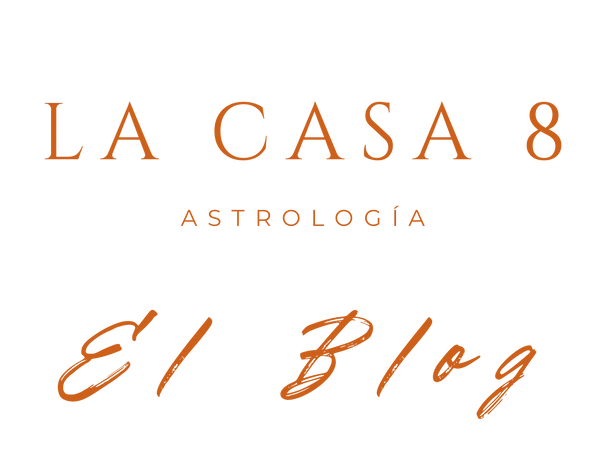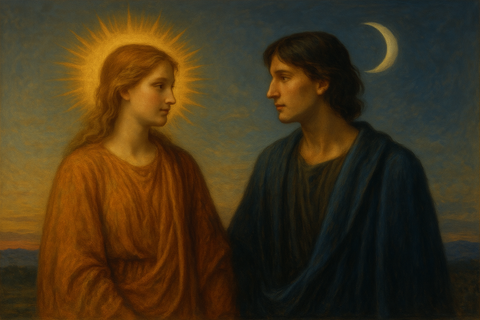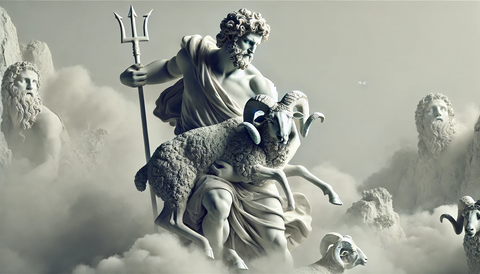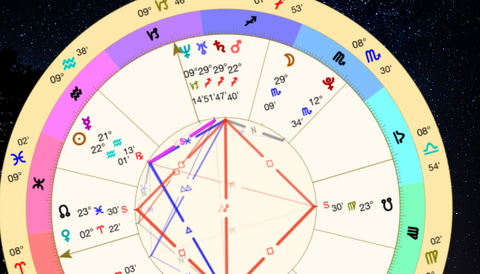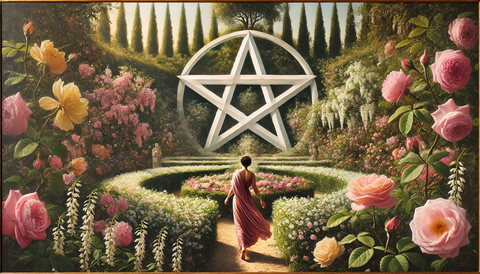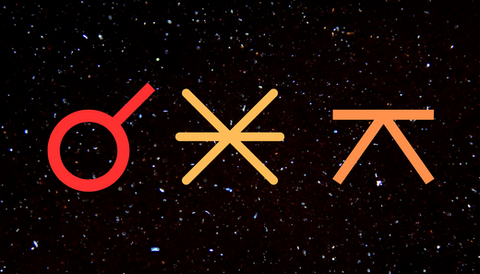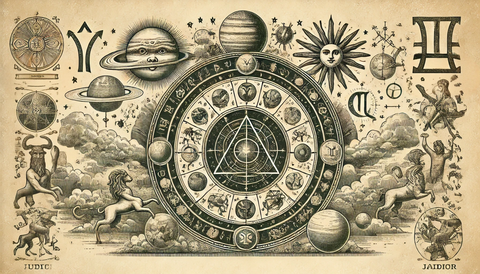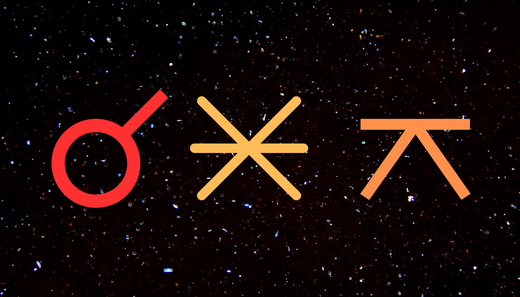
Major and Minor Aspects
( Read the introduction to aspects here ) The Major Aspects Major aspects, also known as Ptolemaic aspects , are the most important angular relationships between planets in a birth chart. These aspects intermingle energies in clear and obvious ways , making them the most noticeable dynamics in our daily lives. The more exact the aspect (i.e. the closer it is to the exact angle, such as 90° in a square), the stronger its effect . This makes them major themes that influence how planets, elements, and dynamics fit together...
Create your account to read the full article.
